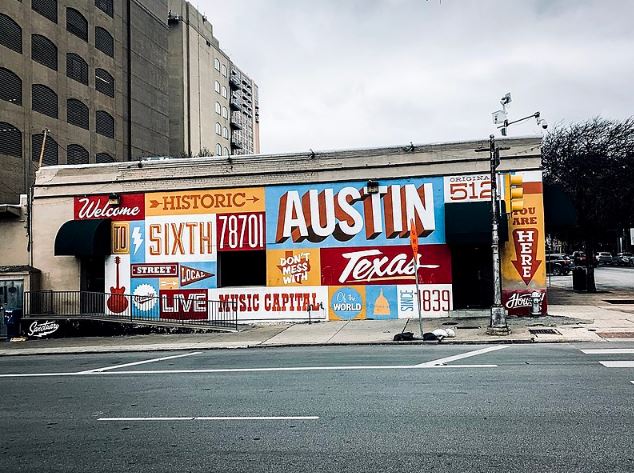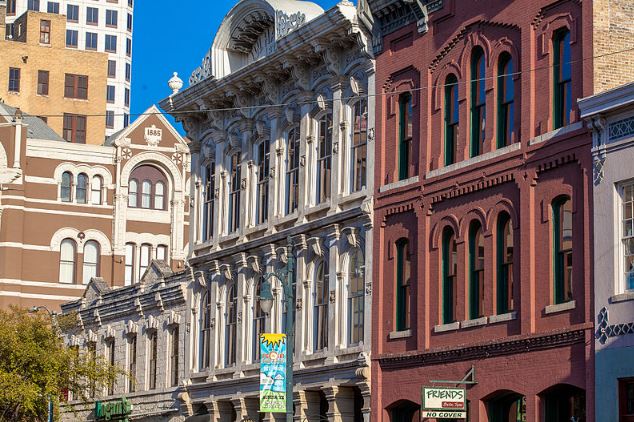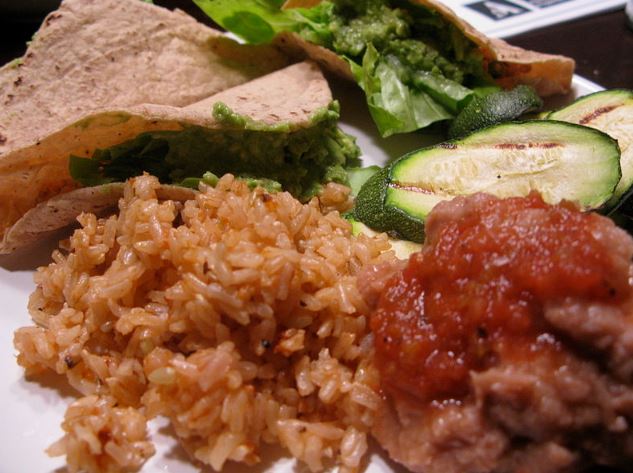The Hispanic heritage in Texas can be found in Austin, in its here and now, independent of any historical interpretation. Texas comes with quality, successive people and cultures in different eras, all creating a common heritage whether it’s recognized or not. Hispanic heritage doesn’t belong to just Hispanics or Spanish-speaking people – it’s part of the continuing heritage of every Texan.
In Austin, many believe that the achievement of its Hispanic community is still not widely understood or even recognized. But even with the plausible doubt, there’s a visible impact of a diversified Hispanic culture on language, food, and the arts. It can also be seen in politics, education, and material culture. Hispanic influence has shaped the very fabric of the city in many ways – art, music, literature, murals on Austin’s streets, indigenous music festivals, or spoken word and poetry.
Hispanic History in Austin
When European settlers arrived in Austin, the Tonkawa tribe inhabited the area. The Comanches and Lipan Apaches were known to travel through the area. The Spanish colonists traveled to Austin through a few permanent settlements created for some time.
In 1730, three Catholic missions from East Texas were merged and reestablished as one mission on the south side of the Colorado River in the modern-day Zilker Park in Austin. The mission was in this area for about seven months and then was moved to San Antonio and split into three missions.
In the 1830s, pioneers started to settle in the area of central Austin along the Colorado River. Spanish forts were established in what is now San Marcos and Bastrop. After Mexico gained independence from Spain, new settlements were established in Central Texas, but growth became stagnant because of conflicts with the regional Native Americans.
Tejanos deepened the early cultural influence after the Mexican independence, and some participated in the Texas Revolution. During the 19th century, Mexicans increased their impact on Austin. From the late 19th century to the early 20th century, migrants picked cotton and moved to town to work in factories and open businesses. The descendants of those families still tell some stories about communities of kinship and connection.
Most Texas land titles directly descend from 18th-century grants by the Spanish Crown. As late as 1941, the boundaries
The early political culture of Mexican-Americans was informed by mutual aid societies and the pull of Mexican nationalism. The center of Hispanic cultural gravity moved to East Austin during the 1920s when Our Lady of Guadalupe Church was transferred to East Ninth Street. After that, Anglo-Americans often encountered Hispanic culture through businesses such as El Matamoros, El Rancho, El Azteca, Cisco’s, the Tamale House, and The Spanish Village.
Hispanic families established social and cultural networks in Austin. The collective pull of community and family is a common theme.
The ever-present reminder of the concrete impact of Latinos in Austin can be seen with construction sites. Historical buildings, as well as modern ones, are built by Hispanics, meaning Latinos are literally shaping the city. And it doesn’t stop at manual laborers. Since the 70s, Hispanic lawyers, bankers, and real estate brokers have taken their place in the development of modern Austin.
Hispanic Influence in Austin
Austin is a lifestyle town, a place where the quality of life and consumable lifestyle has become inextricable. Latinos make up more than 35 percent of Austin’s population, and what makes the city a cultural powerhouse are its Latino roots. The Tex-Mex vibe and expressions of pachanga are very much alive in the city. Here are the main aspects of society where Hispanic influence is strong in Austin:
Food
Two of the core cuisines in Austin – barbeque and Tex-Mex – borrow heavily on Latino traditions. Mexican and other Latin American ingredients, dining rituals, and dishes have won more followers since the Fonda San Miguel opened in the 1970s. Regardless of an Austinite’s ethnicity, every occasion – like birthdays, weddings, anniversaries, or a simple get-together with family and friends – usually includes some portion of Mexican culture, like Mexican food, tequila, beer, piñata, salsa music, and other cheery and colorful decorations. Hispanics added dimension, diversity, and distinction to the fabric of the city of Austin.
Taco trucks, which are once confined to poor neighborhoods, precede the explosion of food trucks that, in some ways, define the contemporary Austin food scene. Nowadays, the taco has been Anglicized and adopted by others.
Fashion
The sartorial style in the West evolved from Hispanic influences. On the fashion side, the Spanish vaqueros were the original cowboys, and the big hats and boots that have become a sartorial staple of the American West evolved out of this tradition.
Language
The names of rivers, streets, and towns in Austin are Spanish, mostly variations of the Castellano dialect. The biggest cultural impact that Hispanics will have in Austin is a stronger sense of the value of bilingualism and cultural competence. It may not always be appreciated, but fluency in more than one language can be an enduring asset.
Arts and Entertainment
Austin is a creative city, and Hispanic culture permeates art, live music, theater, museums, folk arts, and festivals. The Hispanic influence made all cultural expressions refined. Austin thrives on keeping it unique, authentic, creative, and individually expressive.
Austin’s culture challenges the larger social norms, values, and cultural frameworks of conformity. Hispanic, especially Tejano culture, is about cooperation, evolution, collaboration, and shared mutual interests to develop a greater place to live.
Hispanic musicians broke through cultural barriers. Artists like the Vallejo, Los Lonely Boys, Leticia Rodriguez, Grupo Fantasma, and Gina Chavez are deeply embedded in Austin’s musical identity. English speakers are often drawn to Spanish songs, and they seem to connect with the infectious rhythms of Latin music.
In terms of art, Hispanic culture impacted Austin by maintaining a connection between the visual arts and the social causes and aspirations of the community. Artists in Austin continued the narrative and representational approach used by Mexican muralists before World War II and the advent of abstract expressionism.
It helps the city to have the Benson Latin American Collection, the Blanton Museum of Art at the University of Texas, the Austin History Center, Emma Barrientos Mexican American Cultural Center, and the Mexic-Arte Museum. These establishments preserve the varied cultural heritage of Austin and make it available for viewing by a vast audience.




